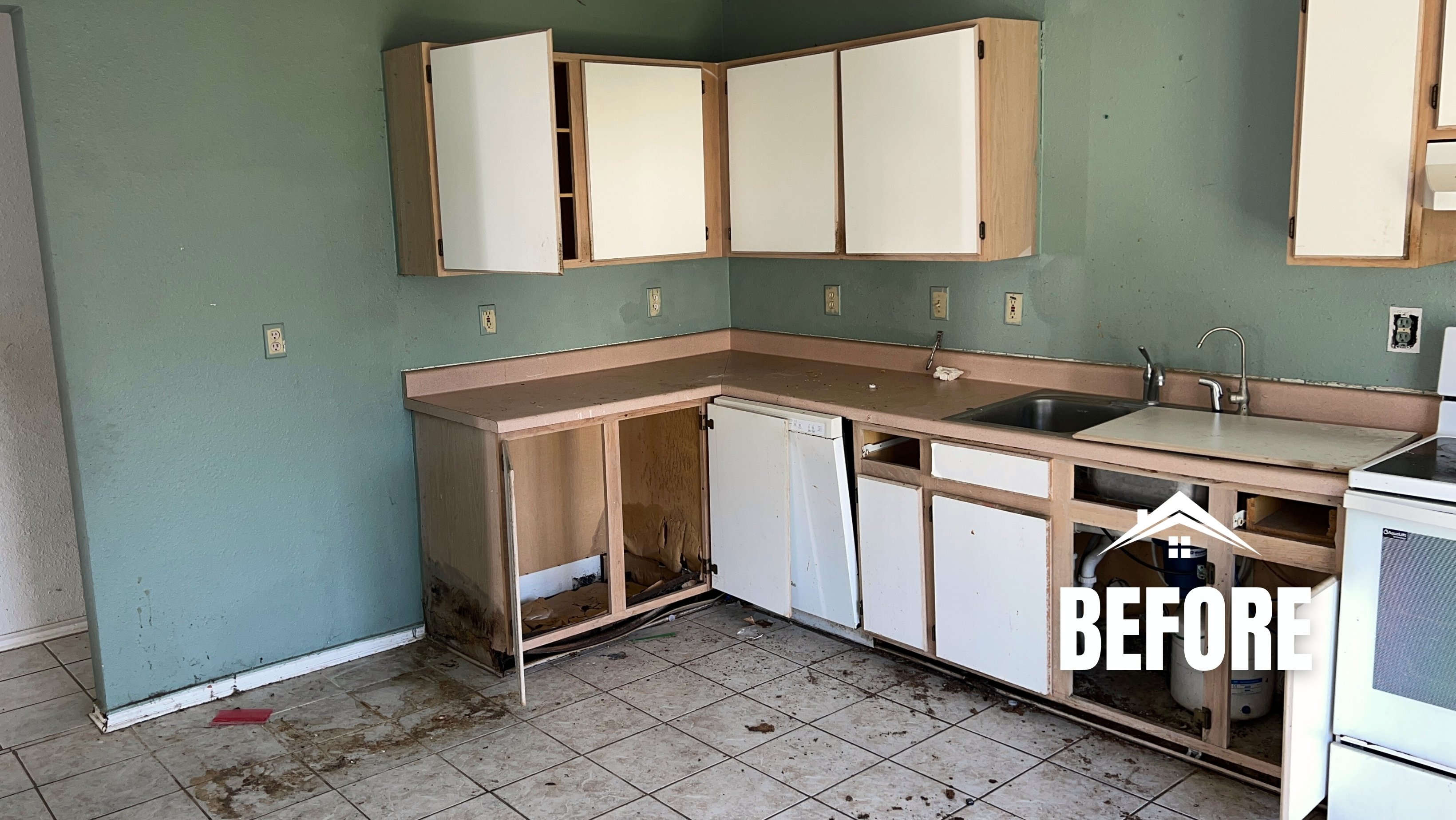.jpg?width=209&height=314&name=Blog%20-%20Portrait%20(7).jpg)
It’s been five years since the COVID-19 pandemic changed the world as we know it. In so many ways, it seems far away and still too close. While some of the changes were temporary – mask mandates, six-foot buffers, and take-out-only restaurants – others stuck.
Remote work is one such change. While many employers adopted work-from-home flexibility as a matter of necessity, the arrangement proved popular and cost-effective. And so, even now, the statistics about remote work show it has staying power:
- Global remote work increased from 20% in 2020 to 28% by 2023.
- 32% of employees prefer to work entirely remotely.
- 41% prefer a hybrid work setup.
- Over half of U.S. workers would prefer to quit their jobs than return to the office full-time.
- Two-thirds of U.S. employers offer hybrid or remote work flexibility.
- 26% of U.S. households now have at least one person working remotely at least one day per week.
- 75 million U.S. employees have jobs that are compatible with remote work.
- 16% of U.S. companies are now fully remote.
The statistics go on and on! The point is this: remote and hybrid work is here to stay. It makes sense for employees and employers, who both see decreased costs and increased productivity from the approach.
But where does the housing market fit into all of this? And how does the remote work boom continue to shape the real estate market as we know it?
7 Ways Remote Work Shapes Today’s Housing Market
Remote and hybrid work has significantly shaped the modern housing market in several ways:
#1 – Increased Demand for Suburban and Rural Homes
With fewer people needing to commute daily, many Americans moved away from expensive urban centers to suburban and rural areas where they could afford larger homes with more space. The commute is less of an issue if they don’t have to do it daily!
Though initially spurred on by the need for space and distance during COVID-era restrictions, now it is simply a matter of financial savvy and preference. Of course, this has increased prices and new construction to meet demand in historically less competitive markets.
#2 – Rising Home Prices in Secondary Markets
Cities once considered secondary or tertiary markets see increased demand, leading to rapid price appreciation. Remote work has led many workers and families to “hidden gem” cities that offer better environments for raising families – or simply where their dollar stretches further.
This increased demand drives up prices, but secondary and tertiary markets are often more affordable and consistent than primary markets.
#3 – Declining Demand for Urban Apartments
In major cities like San Francisco and New York, demand for rentals in the urban core initially declined as people sought more space. Since 2020, urban demand has partially rebounded, but rental growth has been slower than in suburban areas. Overall, renter preferences have shifted in favor of SFRs (single-family rentals) that offer the feeling of homeownership with the perks of renting.
#4 – Increased Demand for Home Office Space
Overall, homebuyers and renters alike prioritize properties with extra rooms, basements, or other spaces that can be converted into home offices. Builders and renovators are adjusting designs to cater to this demand. With that in mind, investors should consider these “flex spaces” when buying or renovating their properties.
#5 – Impact on Rental Markets
Suburban rental markets have grown as people who work remotely choose to rent before committing to buying a home in a new location. The workforce is more mobile than ever. They’re not necessarily looking to live in the same location for 30+ years like generations past. Markets that may not have traditionally seen high demand for rental properties now are!
#6 – Regional Disparities in Housing Markets
Investors must remember that the real estate market may have overarching trends, but no two markets are alike. Your experience in one market can differ wildly from the next. High-cost cities have seen population stagnation or decline, affecting local economies and real estate prices. On the flip side, lower-cost areas have experienced rapid price appreciation, sometimes leading to affordability challenges alongside investment opportunities.
#6 – Regional Disparities in Housing Markets
Investors must remember that the real estate market may have overarching trends, but no two markets are alike. Your experience in one market can differ wildly from the next. High-cost cities have seen population stagnation or decline, affecting local economies and real estate prices. On the flip side, lower-cost areas have experienced rapid price appreciation, sometimes leading to affordability challenges alongside investment opportunities.
#7 – Potential Long-Term Stabilization
Some trends may moderate as companies refine remote/hybrid work policies. However, the potential for long-term stabilization is high. Time will tell how many employers seek to reinstate in-person-only work culture, but we suspect putting the genie back in the bottle will be impossible. Remote work has and continues to reshape real estate as we know it, and this reshaping could lead to a more stable and adaptable housing market.
Hybrid work may sustain higher demand for suburban housing, while fully remote policies support secondary market growth.
Invest in stable, reliable, and growing housing markets with REI Nation!












